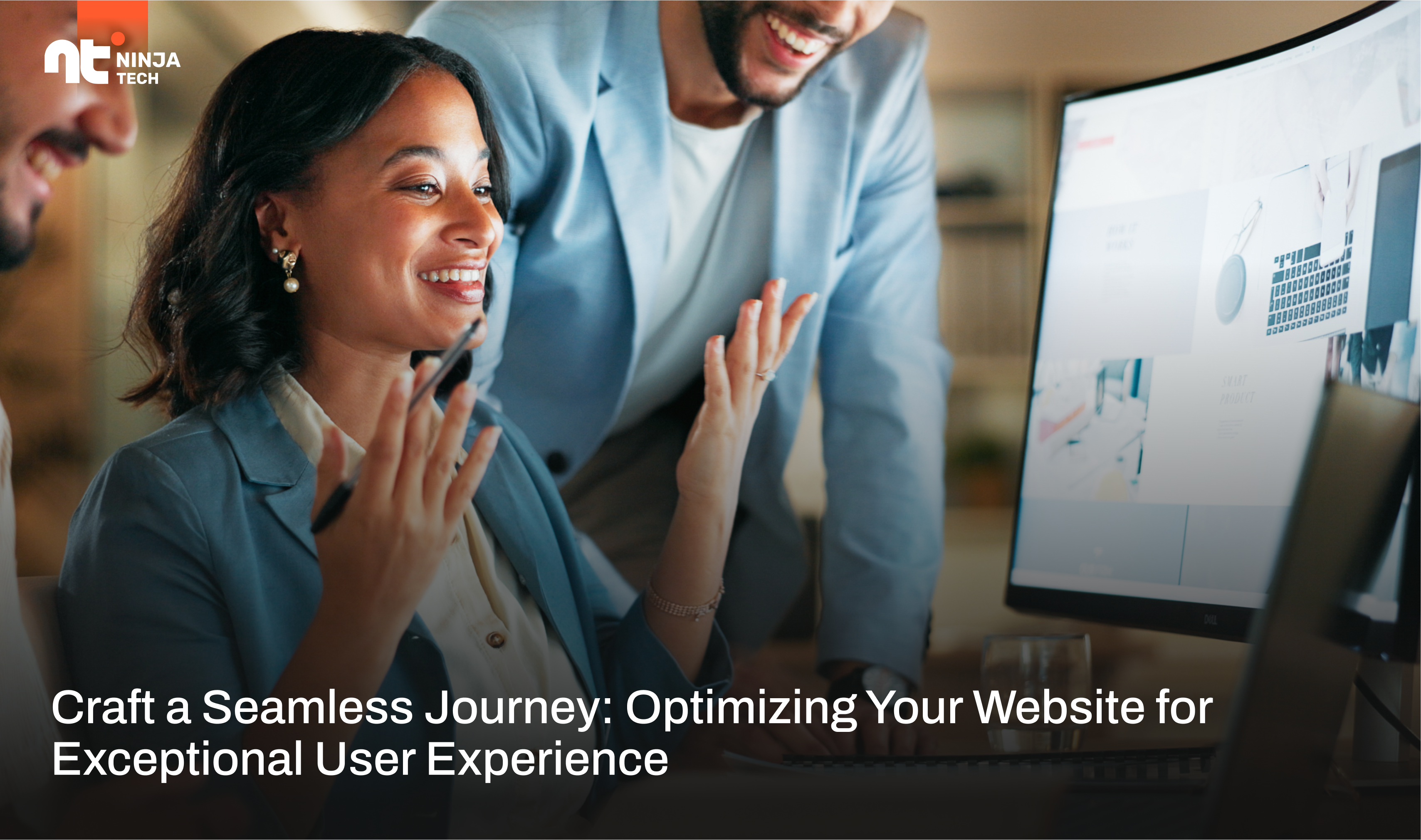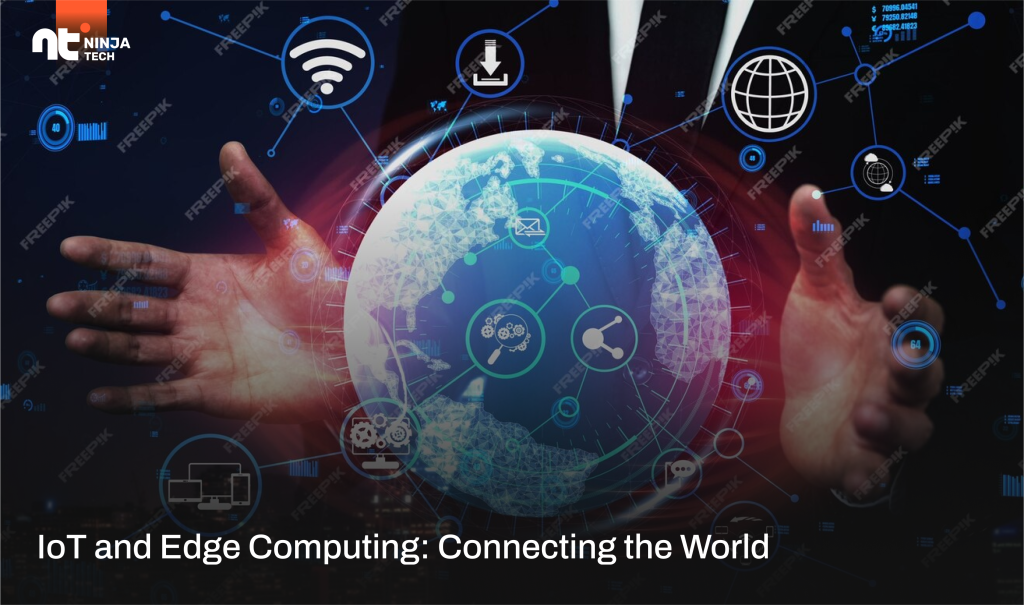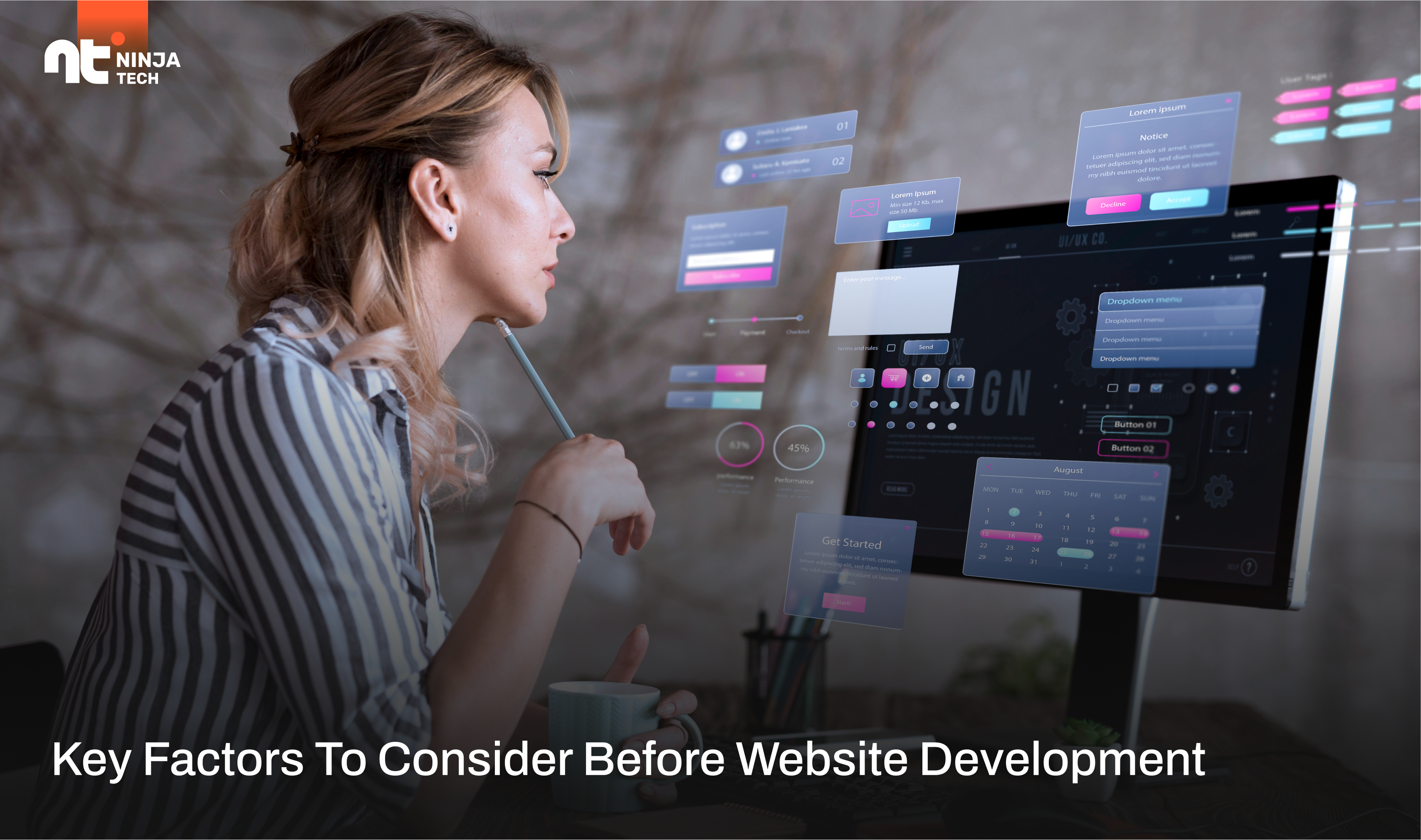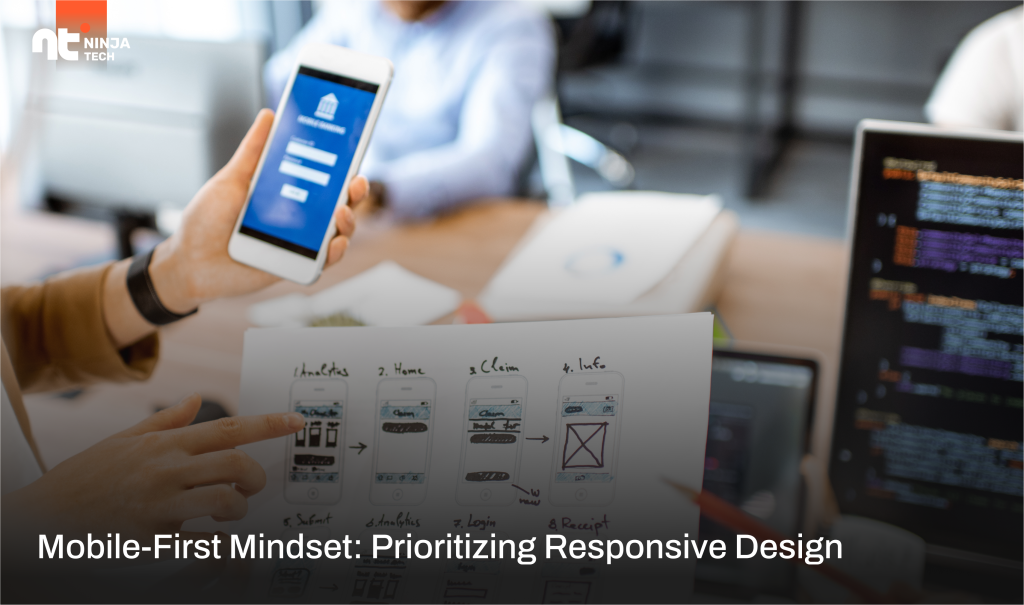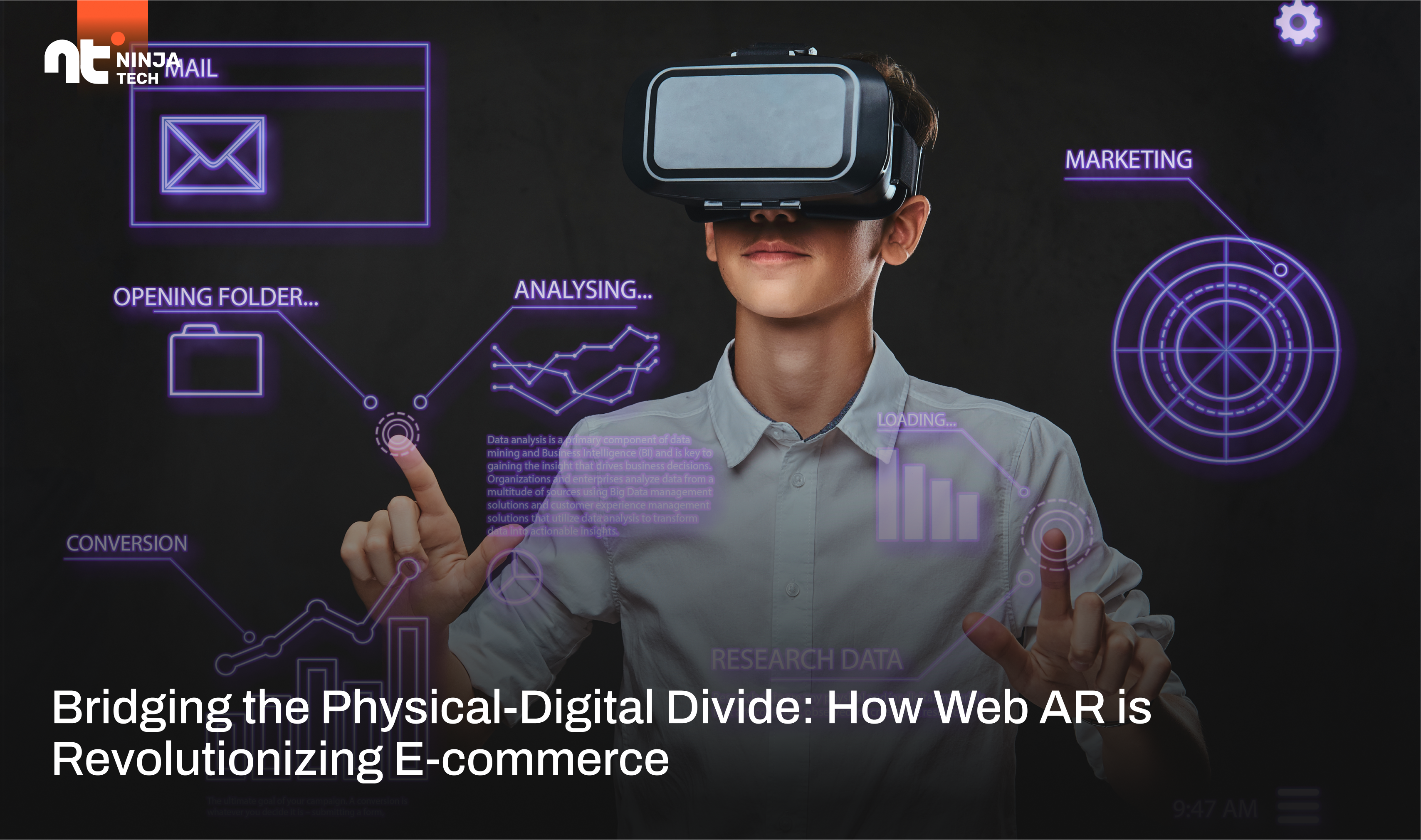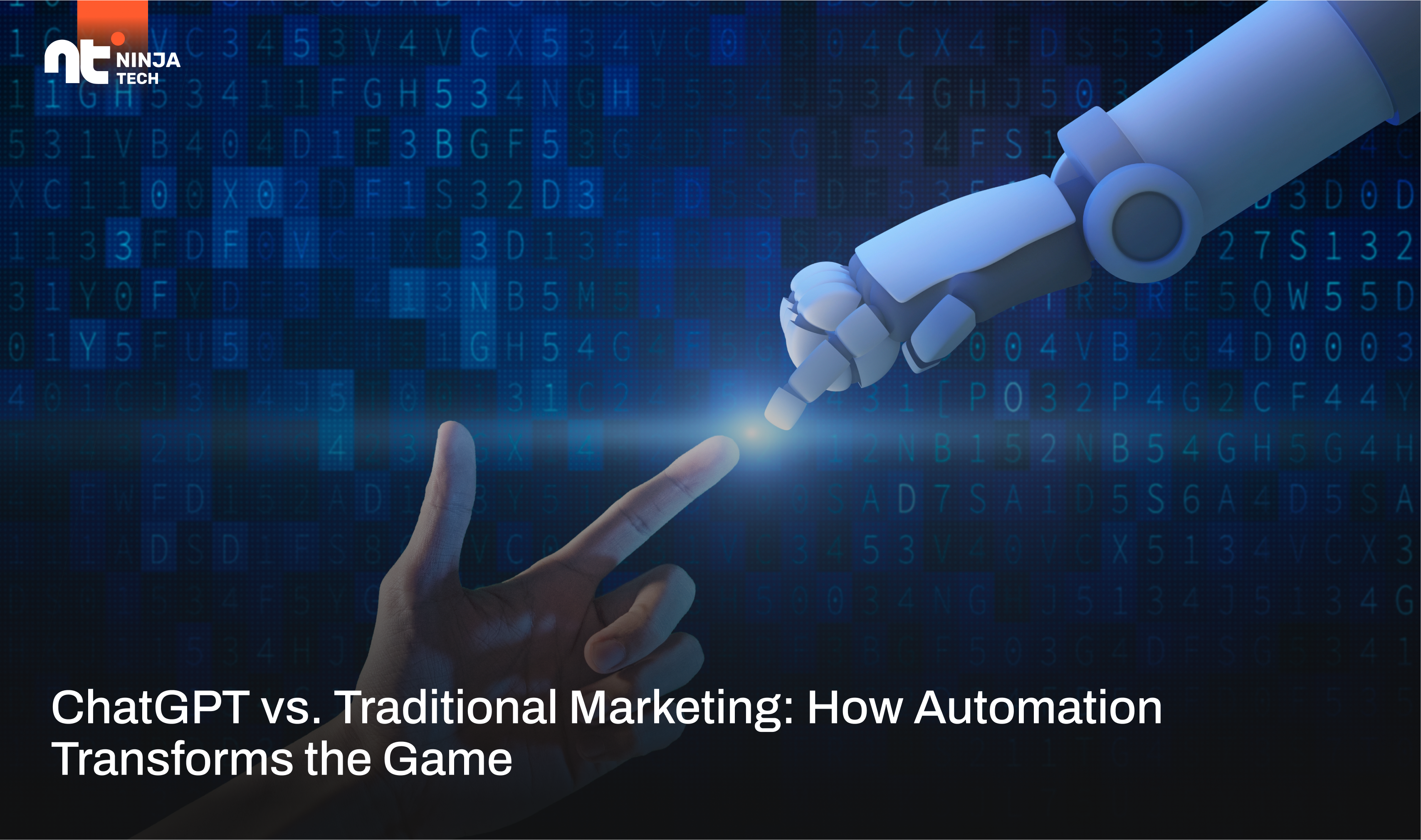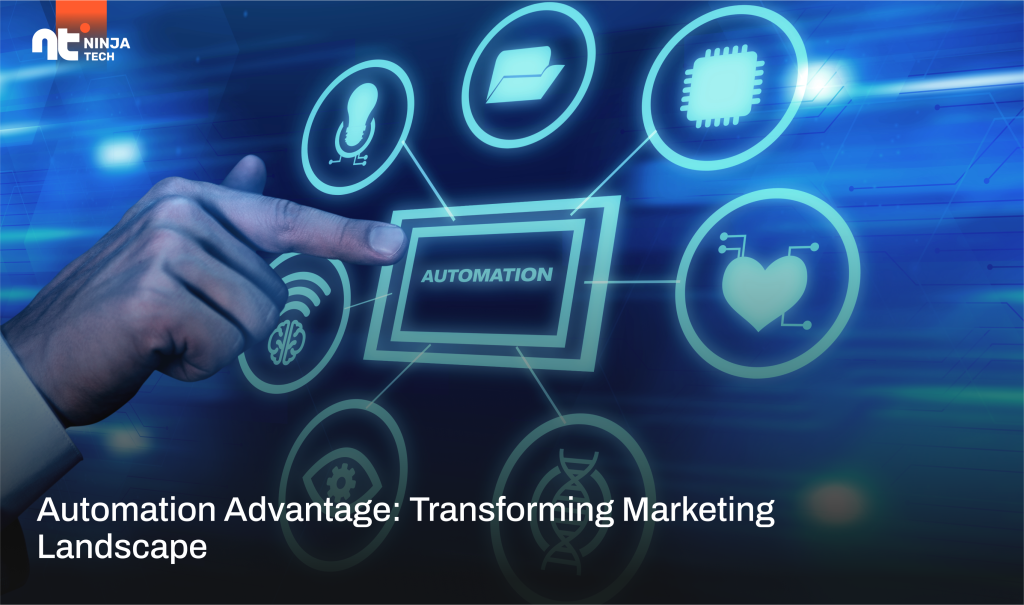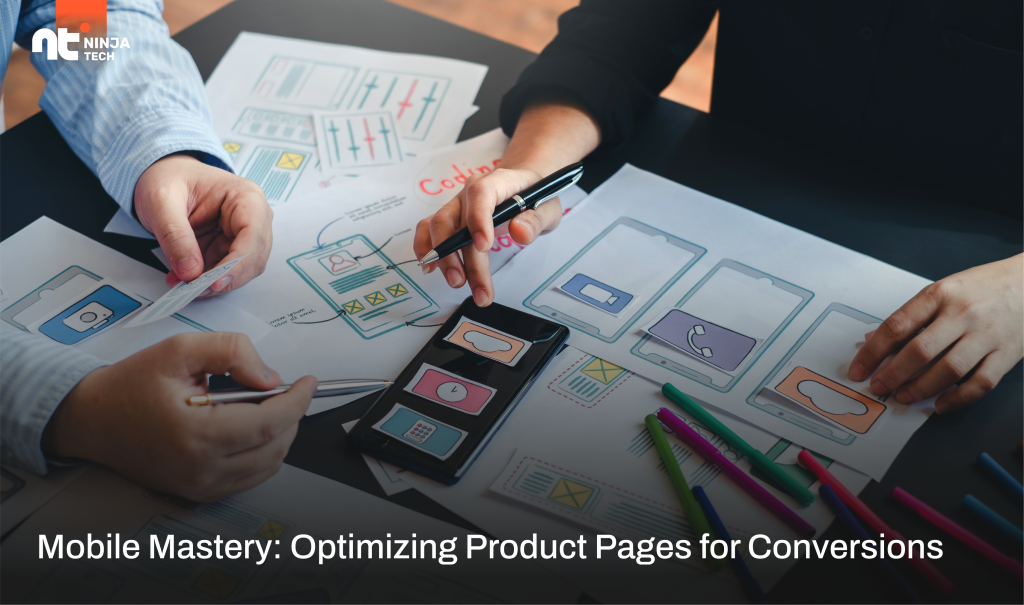In the digital age, attention spans are shorter than ever. For your website to thrive, it needs to not only grab a visitor’s attention but also provide a smooth and enjoyable user experience (UX). A well-optimized website keeps visitors engaged, fosters trust, and ultimately converts them into loyal customers or repeat users. So, how do you transform your website from good to great? Let’s delve into the key strategies for optimizing your website for a stellar UX.
First Impressions Matter: Speed and Design

- Lightning Fast Loading: Imagine waiting for a webpage to load like watching paint dry. No one has time for that! In today’s fast-paced world, users expect websites to load in seconds. Optimize images, minimize code, and consider a Content Delivery Network (CDN) to ensure lightning-fast loading times. Every second counts – research shows that a one-second delay in page load can lead to a 7% drop in conversions.
- Mobile-First Mentality: With the majority of web traffic now coming from mobile devices, a responsive website design is non-negotiable. Your website should seamlessly adapt to different screen sizes, offering an intuitive and enjoyable experience on any device, be it a smartphone, tablet, or desktop computer.
- Visually Appealing and User-Friendly Design: First impressions are crucial. A website with a clean, clutter-free design and high-quality visuals is not just aesthetically pleasing, it’s also easier to navigate. Use a clear and consistent layout, with intuitive menus and easy-to-find calls to action (CTAs).
- Prioritize White Space: White space, also known as negative space, isn’t wasted space. It provides breathing room for your content, making your website less overwhelming and easier to read. Strategic use of white space between elements helps guide visitors’ eyes and focus on important information.
Content is King (and Queen): Engaging and Informative

- High-Quality, Relevant Content: Content is the backbone of any website. Fill your website with valuable, engaging content that caters to your target audience’s needs. Whether it’s informative blog posts, detailed product descriptions, or captivating videos, ensure your content is well-written, informative, and up-to-date.
- Focus on Readability: Complex jargon and long-winded sentences will leave visitors lost. Use clear, concise language that’s easy to understand. Structure your content with headings, subheadings, and bullet points for improved readability and scannability.
- Optimize for Search Engines (SEO): Want your website to be found? Incorporate search engine optimization (SEO) best practices. Utilize relevant keywords throughout your content, optimize meta descriptions, and build a network of high-quality backlinks.
- The Power of Storytelling: Facts and figures are important, but stories resonate. Weave storytelling elements into your content to connect with your audience on a deeper level. Showcase how your product or service improves lives, or share inspiring stories from satisfied customers.
Navigation Nirvana: Making it Easy to Find What You Need

- Intuitive Navigation Menu: Imagine a maze with no exit. A confusing navigation menu can leave visitors feeling lost and frustrated. Keep your navigation simple and intuitive. Place it in a consistent location, use clear and concise labels, and limit the number of dropdown menus.
- Breadcrumbs for Easy Backtracking: Breadcrumbs are small navigational links that show a visitor’s location within the website hierarchy. They allow users to easily retrace their steps and navigate back to previous pages without getting lost.
- Search Functionality is Key: A well-functioning search bar empowers users to find specific information quickly. Ensure your search function is user-friendly and delivers relevant results.
Building Trust and Confidence

- Security Seals and Trust Badges: Online security is a major concern for users. Display prominent security seals and trust badges to assure visitors that their information is protected.
- Clear Contact Information: Make it easy for visitors to reach you. Prominently display your contact information, including a valid email address and phone number. Consider adding a live chat option for real-time customer support.
- Testimonials and Reviews: The power of social proof cannot be overstated. Showcase positive customer testimonials and reviews on your website. This builds trust and credibility, encouraging potential customers to take the leap.
